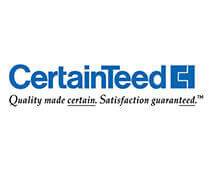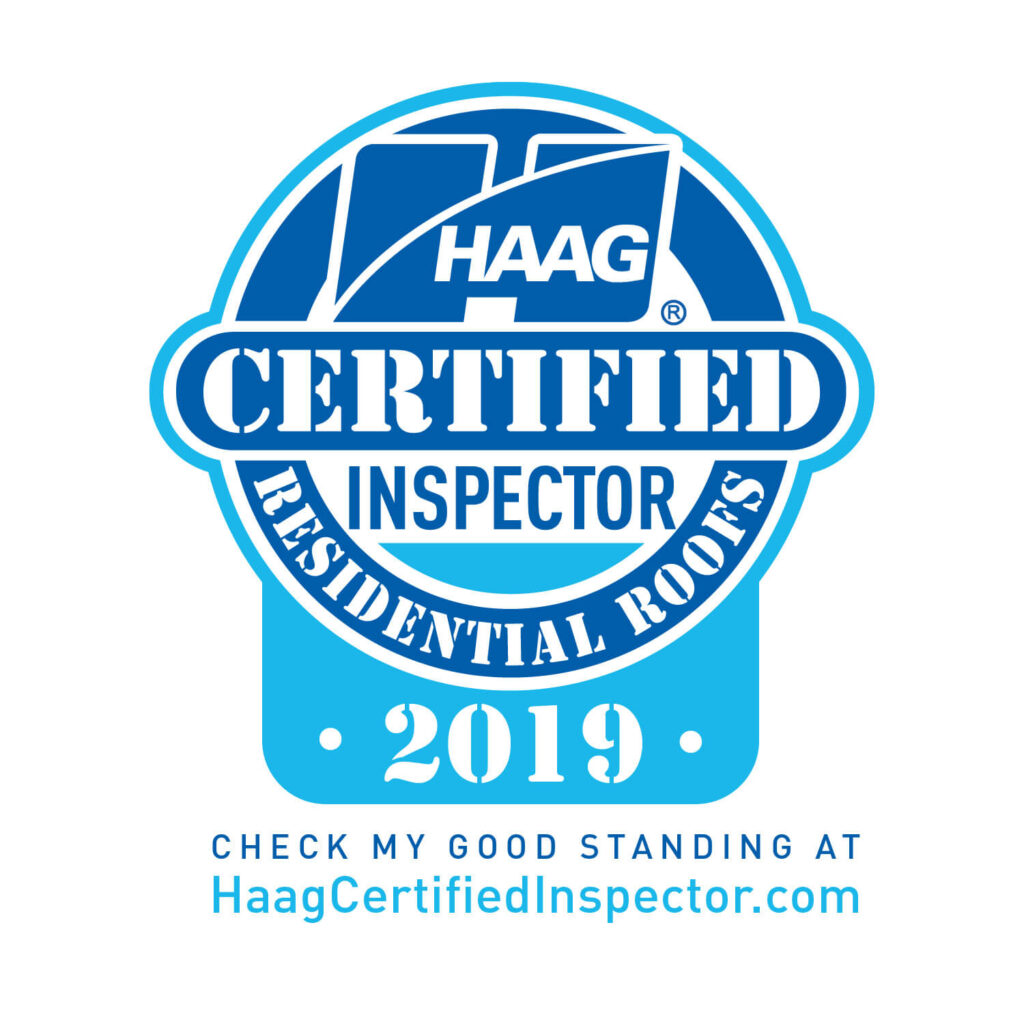Did you know that nearly 80% of Canadian homes have asphalt shingles? As one of the most popular roofing materials, replacing a shingle roof is a common but essential task in residential roof maintenance. Over time, weather exposure can lead to shingle damage such as cracks, buckling, or even loose shingles, which can cause leaks and other issues. Regular roof maintenance and timely shingle repair are key to preventing costly roof replacement down the road. Whether you’re dealing with damaged shingles or considering a full asphalt shingle roof replacement, understanding the signs of wear and knowing how to proceed with the roofing process are crucial steps for any homeowner.
Key Takeaways
-
Understand the different types of shingles available, such as asphalt, wood, and metal, to choose the best option for your home.
-
Replacing old shingles can improve your roof’s durability and enhance your home’s curb appeal.
-
Follow a step-by-step process for shingle replacement to ensure a successful installation, including proper removal and preparation.
-
When selecting new shingles, consider factors like climate, cost, and warranty to make an informed decision.
-
Hiring professional contractors can save you time and ensure the job is done correctly, avoiding potential future issues.
-
Regularly inspect your roof to determine when shingle replacement is necessary, which can prevent costly repairs down the line.
Understanding Shingle Types
From choosing the right type of shingles—be it architectural shingles, luxury shingles, or traditional tab shingles—to understanding proper roof sheathing, decking, and nailing techniques, there’s a lot to consider. In this guide, we’ll discuss how to spot shingle damage, the benefits of various shingle styles like light shingles and ply shingles, and tips for a successful roof replacement. We’ll also explore how to remove old shingles, secure new roofing nails properly, and hire a roofing professional to achieve the perfect roof edge and finish. Stay tuned to discover all the best roof maintenance suggestions and ensure your roof stays strong, beautiful, and weather-resistant.
Asphalt Shingles

Asphalt shingles are a popular roofing material. They offer affordability and ease of installation. Homeowners appreciate the variety of styles and colors available. This allows customization to enhance the roof’s appearance. Proper maintenance can extend the lifespan of asphalt shingles significantly. Regular inspections can prevent issues from developing.
Wood Shingles
Wood shingles provide a natural aesthetic appeal. They give roofs a traditional look that many homeowners love. However, regular maintenance is crucial to prevent rot and insect damage. Keeping wood shingles in good condition requires periodic treatments. The environmental impact of using wood as a roofing material is also important to consider. Sustainable sourcing of wood can help reduce this impact.
Metal Shingles
Metal shingles stand out for their durability. They resist extreme weather conditions effectively. Homeowners benefit from the energy efficiency of metal roofing. It reflects sunlight, which helps reduce cooling costs during hot months. Low maintenance requirements make metal shingles attractive to many. Their long lifespan means fewer replacements over time.
Tile Shingles
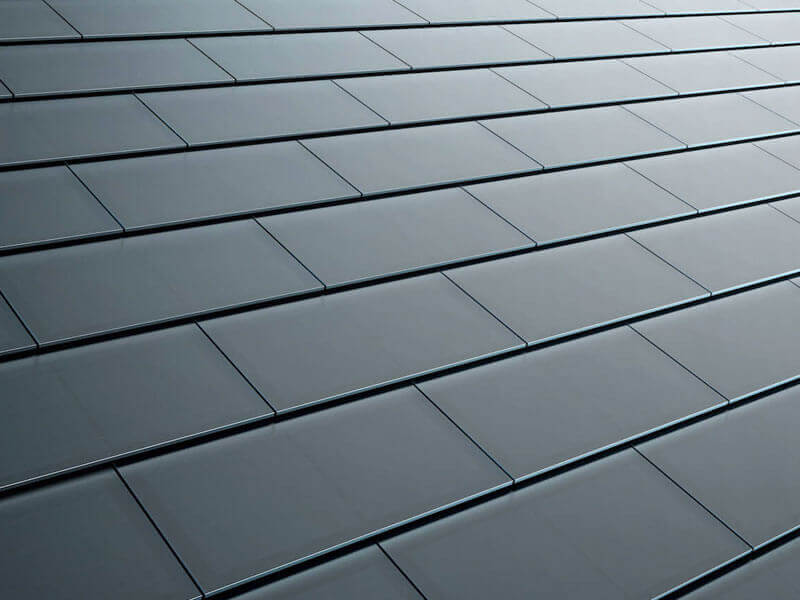
Tile shingles are a premium roofing choice. They are known for their longevity and classic style. Many homeowners choose tile for its ability to withstand high winds and fire, enhancing overall roof safety. Various materials are used in tile shingles, including clay and concrete. Each material offers different benefits and aesthetics, allowing for further customization.
Benefits of Shingle Replacement
Enhance Roof Durability
Quality materials play a significant role in improving roof durability. They withstand harsh weather conditions better than lower-grade options. For instance, asphalt shingles can resist strong winds and heavy rain when made from high-quality materials. Regular inspections are crucial for identifying potential issues early. Homeowners should check for signs of wear or damage at least twice a year. This proactive approach helps catch problems before they escalate into costly repairs. Timely repairs maintain the structural integrity of the roof. Replacing damaged shingles quickly prevents leaks and further deterioration.
Improve Home Aesthetics
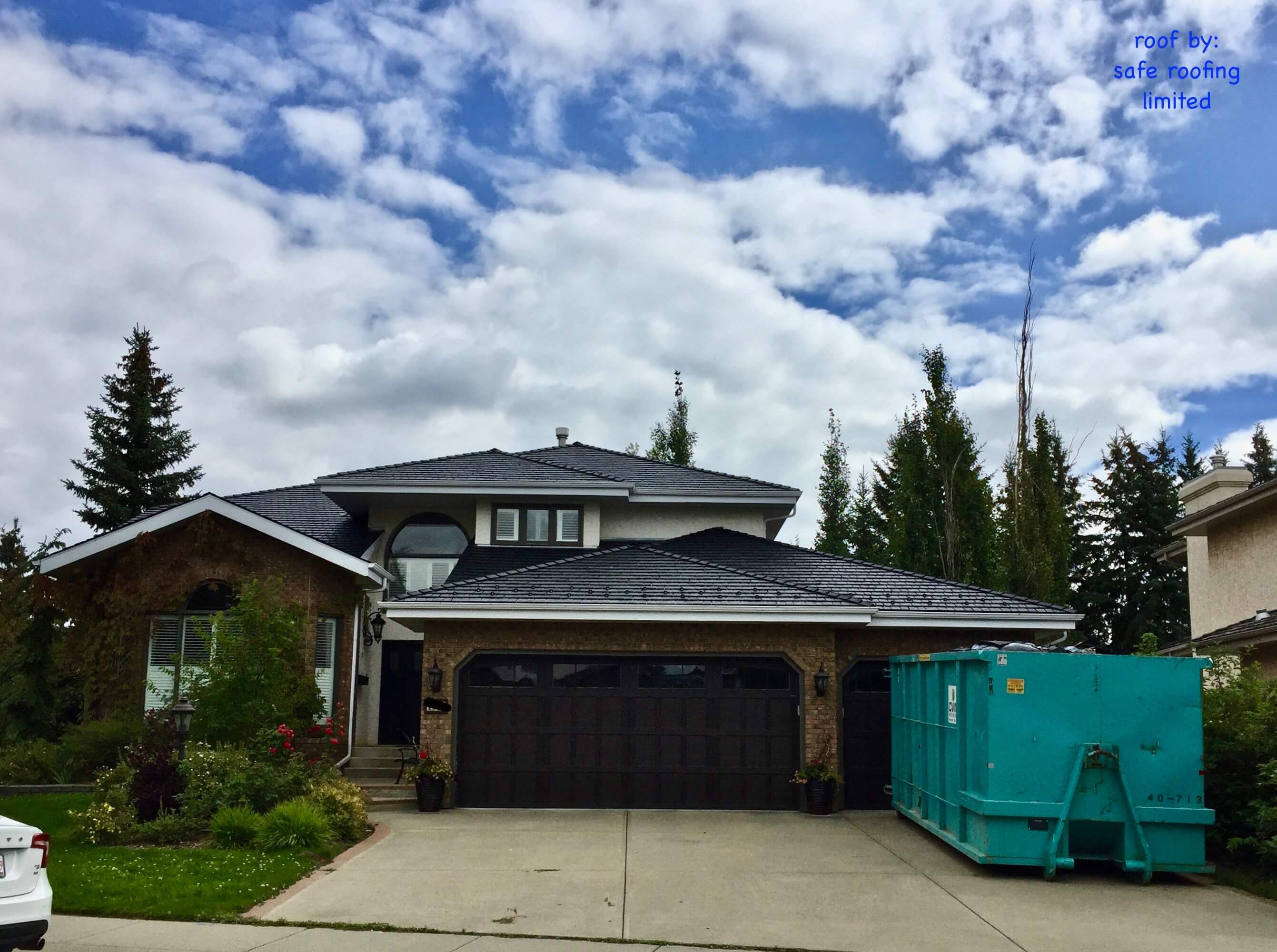
Homeowners can choose shingle colors and styles that complement their home’s architecture. This choice enhances the overall look of the property. New shingles can refresh and modernize an older home, making it more appealing. For example, a vibrant color can brighten up a dull exterior, while traditional styles can add elegance to classic homes. Improved curb appeal often leads to a potential increase in property value. A well-maintained roof with attractive shingles makes a strong first impression on visitors and potential buyers alike.
Boost Energy Efficiency
Certain types of shingles can reflect heat, which lowers energy bills during hot months. Reflective shingles help keep homes cooler by minimizing heat absorption. Homeowners should consider using energy-efficient shingles as part of a broader energy-saving strategy. These products often come with special coatings that enhance their reflective properties. Investing in energy-efficient roofing materials provides long-term financial benefits. Lower energy costs over time can offset the initial expense of new shingles.
Steps for Shingle Replacement
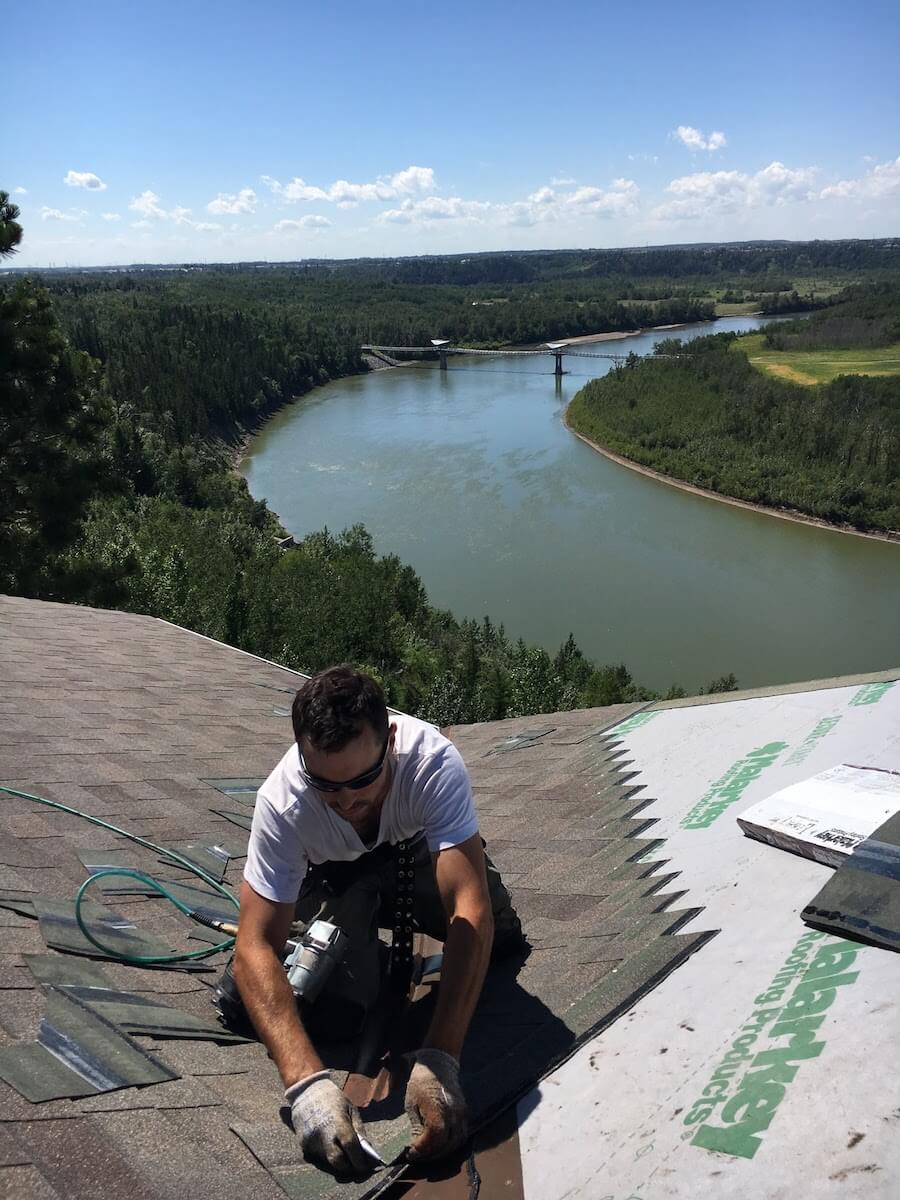
Break Existing Shingle Seal
Carefully breaking the seal is crucial. This step prevents damage to surrounding shingles. Using a flat pry bar is recommended for effective seal breaking. The tool helps to separate shingles without causing harm. Patience is key during this process. Rushing can lead to mistakes and further complications.
Taking your time ensures a clean removal of old shingles. Inspect each shingle as you work. This attention to detail pays off in the long run. A clean roof deck makes the next steps easier.
Remove Old Shingles
A systematic approach works best for removing old shingles. Start from the top and work your way down. This method reduces the risk of damaging the roof deck. Removing all nails and debris is essential. Leftover materials can interfere with new shingles.
Wearing protective gear is vital during removal. Safety goggles protect your eyes from flying debris. Gloves safeguard your hands from sharp edges. Following these precautions minimizes injury risks.
Install New Shingles
Correct positioning of new shingles ensures proper alignment and coverage. Align the first row carefully before securing it in place. Each shingle should overlap the one below it slightly. This overlap prevents water from seeping underneath.
Securing shingles with nails is critical for stability. Use at least four nails per shingle, placed strategically to withstand wind and weather. Follow manufacturer guidelines closely during installation. Adhering to these instructions helps maintain warranty coverage.
Reseal for Protection
Resealing shingles enhances waterproofing and prevents leaks. This step is vital after installation to ensure longevity. Using asphalt plastic roof cement provides effective adhesion for new shingles. Apply the cement generously along seams and edges.
Pressing shingles down firmly creates a tight seal. This action prevents water from penetrating beneath them. Regularly checking seals after installation can help identify issues early on.
Choosing the Right Shingles
Consider Climate Conditions
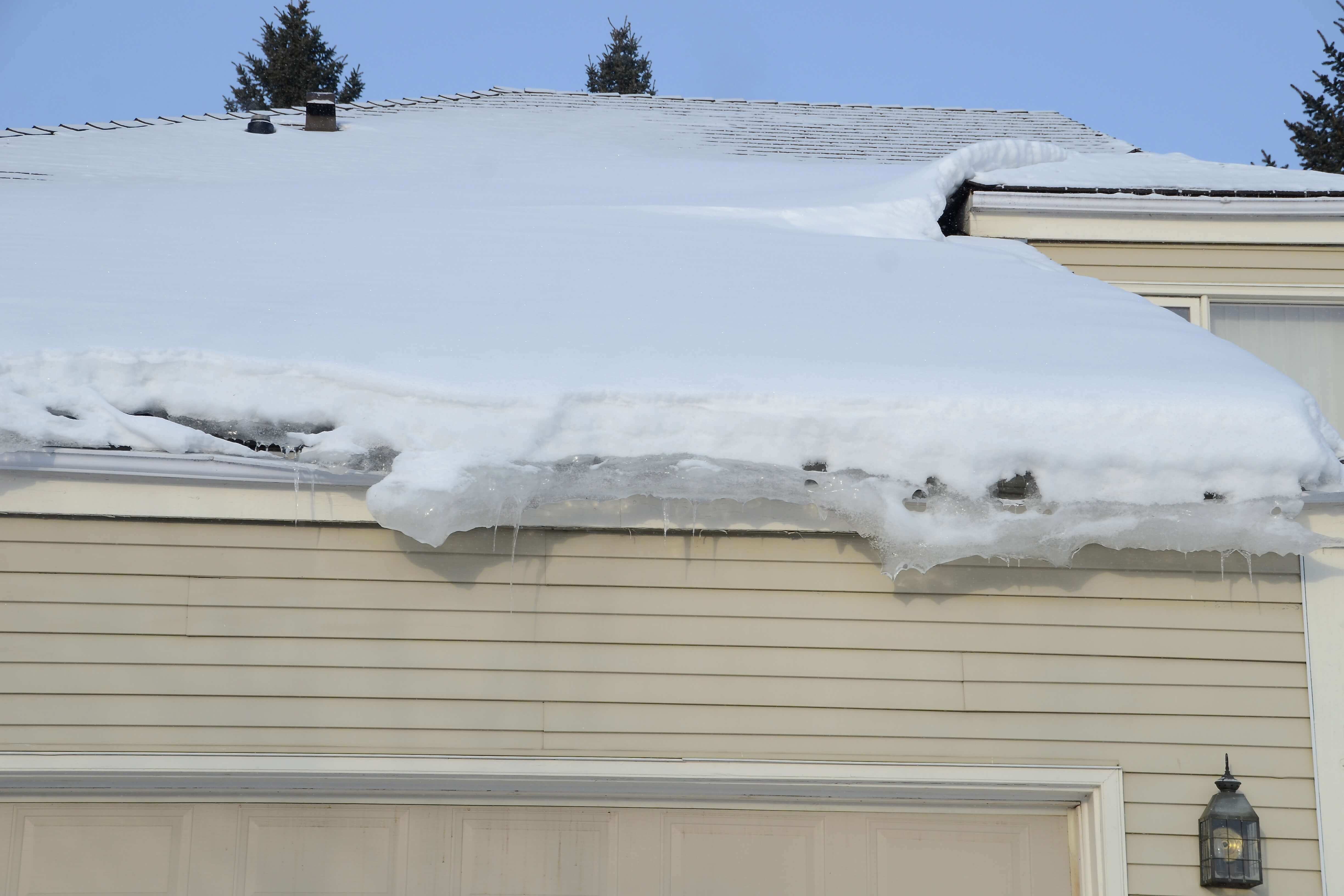
Evaluating local climate is crucial when selecting shingle materials. Different materials perform better in varying weather conditions. For instance, asphalt shingles work well in moderate climates but may struggle in extreme temperatures.
Temperature affects shingle longevity. High heat can cause shingles to crack or warp. Humidity can lead to mold growth and deterioration. Homeowners should also consider heavy rainfall or snowfall in their area. Consulting with professionals helps identify the best materials suited for specific weather patterns.
Evaluate Cost and Budget
Homeowners should obtain multiple quotes from contractors. This process provides a comprehensive cost analysis. Comparing prices helps ensure fair rates for quality work.
Investing in higher-quality shingles often leads to long-term savings. Cheaper options may require more frequent replacements or repairs. Quality shingles resist damage better and last longer, reducing overall costs over time.
Installation costs are another factor to consider when budgeting for shingle replacement. These costs can vary significantly based on the complexity of the roof design and labor rates in the area.
Assess Longevity and Warranty
Understanding the lifespan of different shingle materials is essential. Asphalt shingles typically last 15-30 years, while metal roofs can last 50 years or more. Knowing this helps homeowners make informed decisions based on their needs.
Reviewing warranty details is also important. Warranties vary by manufacturer and material type. Adequate coverage ensures protection against defects and premature failure.
Proper installation greatly influences the longevity of the roofing system. Even high-quality shingles can fail if not installed correctly. Homeowners should hire experienced contractors to ensure proper techniques are used during installation.
Why Hire Professional Contractors
Expertise and Experience
Hiring experienced roofing contractors is crucial for shingle replacement projects. These professionals bring valuable skills and knowledge to the job. They understand how to handle different types of shingles and roof structures. Checking their credentials and reading reviews can help ensure you choose skilled workers. Positive feedback from past clients often indicates quality workmanship.
Professional installation comes with many benefits. Experienced contractors adhere to safety standards during the process. They know how to avoid common mistakes that could lead to costly repairs later. Their expertise minimizes risks and helps achieve a durable roof.
Quality Assurance
Using high-quality materials is vital for shingle replacement. Poor materials can lead to leaks, damage, and other issues down the line. Verify product certifications before purchasing shingles. This ensures they meet industry standards and will perform well over time.
Quality assurance plays a significant role in preventing future roofing problems. Professionals often provide warranties on their work and materials. This means if an issue arises, you have support to address it. Investing in quality materials and professional services pays off in the long run.
Safety and Compliance
Following safety protocols during shingle replacement is essential. Accidents can happen without proper precautions. Professionals are trained to use safety equipment like harnesses and helmets. This reduces the risk of injuries on the job site.
Adhering to local building codes and regulations is also important. Each area has specific rules for roofing projects. Professionals stay updated on these requirements, ensuring compliance throughout the installation process. This prevents legal issues and ensures your roof meets local standards.
Summary
Shingle replacement is crucial for maintaining your home’s integrity. You’ve learned about different shingle types, their benefits, and how to choose the right ones. Hiring professionals ensures quality work and peace of mind.
Don’t wait until leaks or damage appear. Regularly check your roof and consider replacement when needed. Investing in quality shingles protects your home and enhances its curb appeal. Whether you tackle this project yourself or hire experts, prioritize your roof’s health. Ready to take the next step? Reach out to a local contractor for advice and estimates today!
Frequently Asked Questions
What are the different types of shingles available for replacement?
There are several types of shingles, including asphalt, wood, metal, and slate. Asphalt shingles are the most common due to their affordability and durability. Each type has unique benefits, so choose based on your budget and aesthetic preferences.
How often should I replace my roof shingles?
Typically, roof shingles should be replaced every 20 to 30 years, depending on the material used. Regular inspections can help identify wear and tear, ensuring timely replacements that protect your home from leaks and damage.
What are the benefits of replacing old shingles?
Replacing old shingles enhances your home’s curb appeal, increases energy efficiency, and prevents leaks. New shingles also improve property value and provide better protection against harsh weather conditions.
Can I replace shingles myself or should I hire a professional?
While DIY shingle replacement is possible, hiring a professional ensures quality work and safety. Professionals have the expertise to handle potential issues and can often complete the job faster and more efficiently.
How do I choose the right shingles for my home?
Consider factors like climate, architectural style, and budget when choosing shingles. Research different materials and consult with professionals to find options that best suit your needs and enhance your home’s appearance.
What signs indicate that I need shingle replacement?
Look for missing or damaged shingles, curling edges, or granules in gutters. Water stains on ceilings or walls may signal leaks from worn-out shingles needing immediate attention.
Is it necessary to remove old shingles before installing new ones?
In many cases, it’s recommended to remove old shingles to ensure proper installation of new ones. This allows for a thorough inspection of the underlying structure and prevents moisture buildup that could lead to future problems.
Not what you were looking for? Safe Roofing also offers the following services:
Roof Replacement
Roof Repair
Roof Ventilation
Solar Panel installation
Gutter Installation
Safe Roofing’s Certifications and Qualifications
Manufacturer Certification: IKO (preferred installer)
Building Products of Canada Corp.
GAF Certified Roofer
CertainTeed
Euroshield Certified


